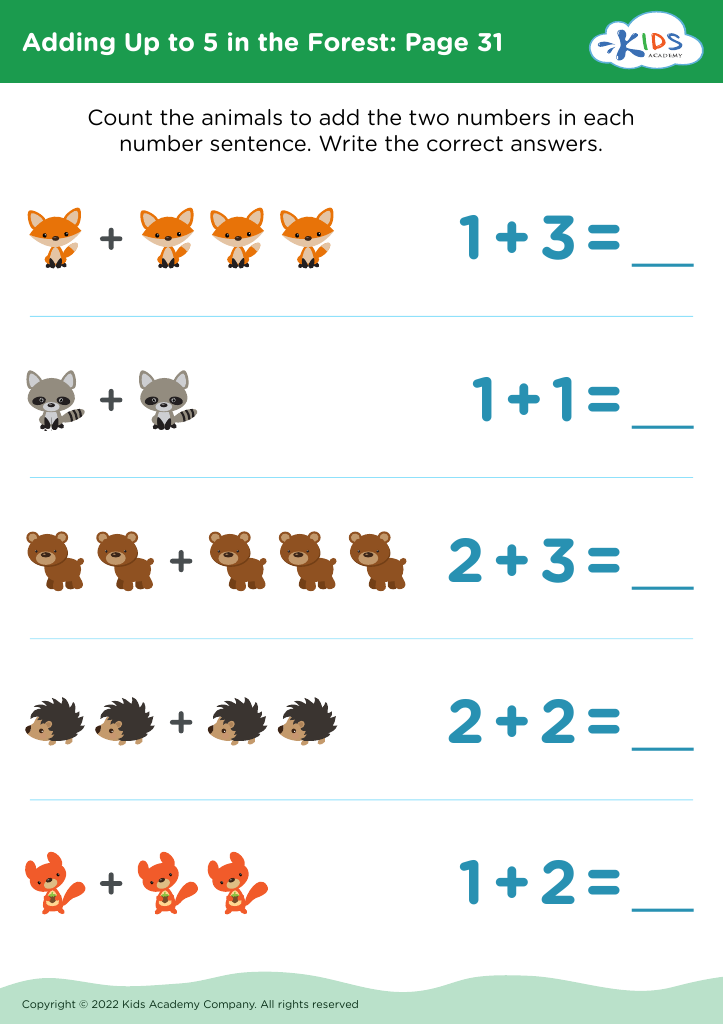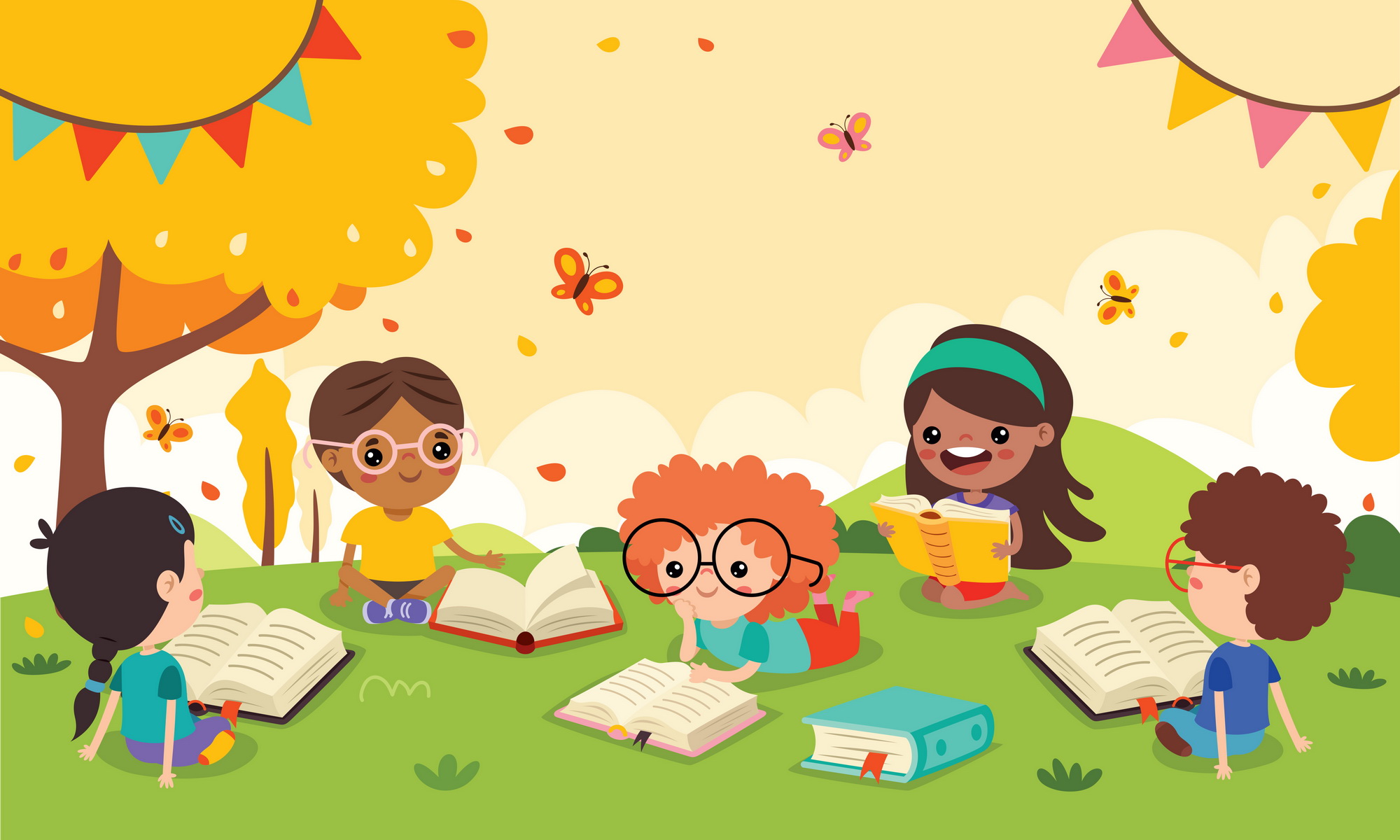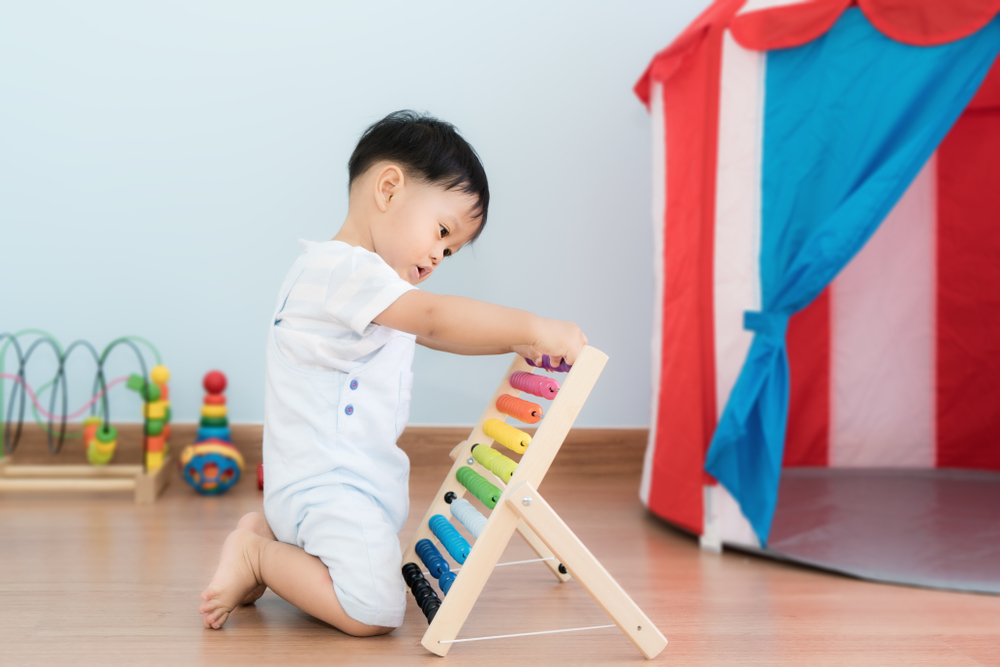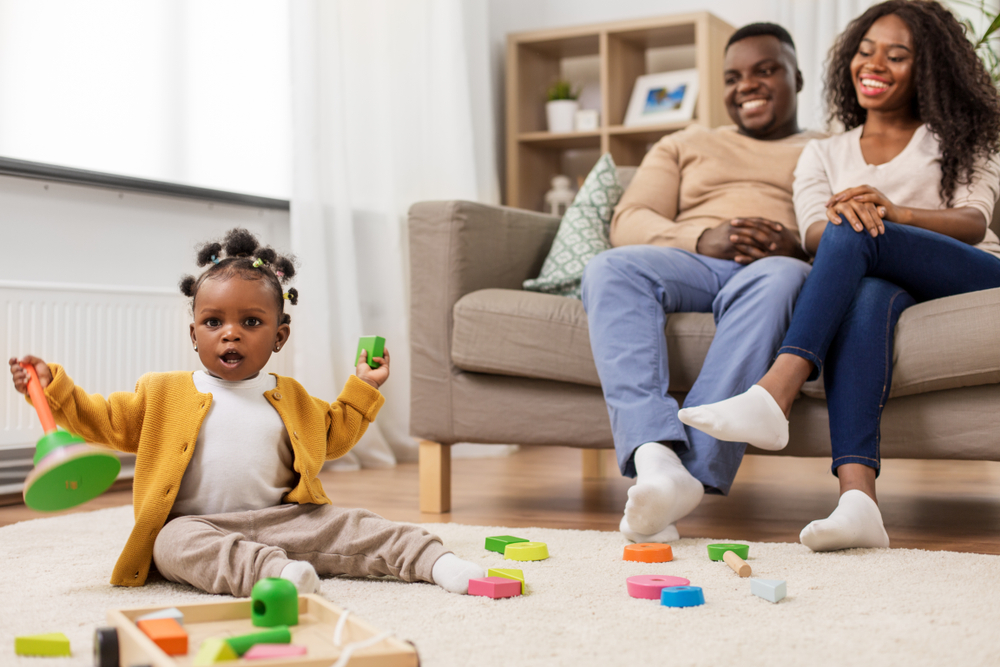Improves hand-eye coordination Worksheets for Ages 5-6
3 filtered results
-
From - To
Enhance your child's hand-eye coordination with our engaging worksheets designed specifically for ages 5-6! These printable activities are crafted to help young learners develop essential motor skills through fun and interactive exercises. By completing our worksheets, children will practice tasks like tracing, drawing, and matching that promote visual-motor integration. Each fun-filled activity encourages concentration and builds confidence as kids see their progress. Whether used at home or in the classroom, our worksheets are perfect for fostering important foundational skills necessary for handwriting and other daily tasks. Download now and help your child improve their hand-eye coordination in an enjoyable way!
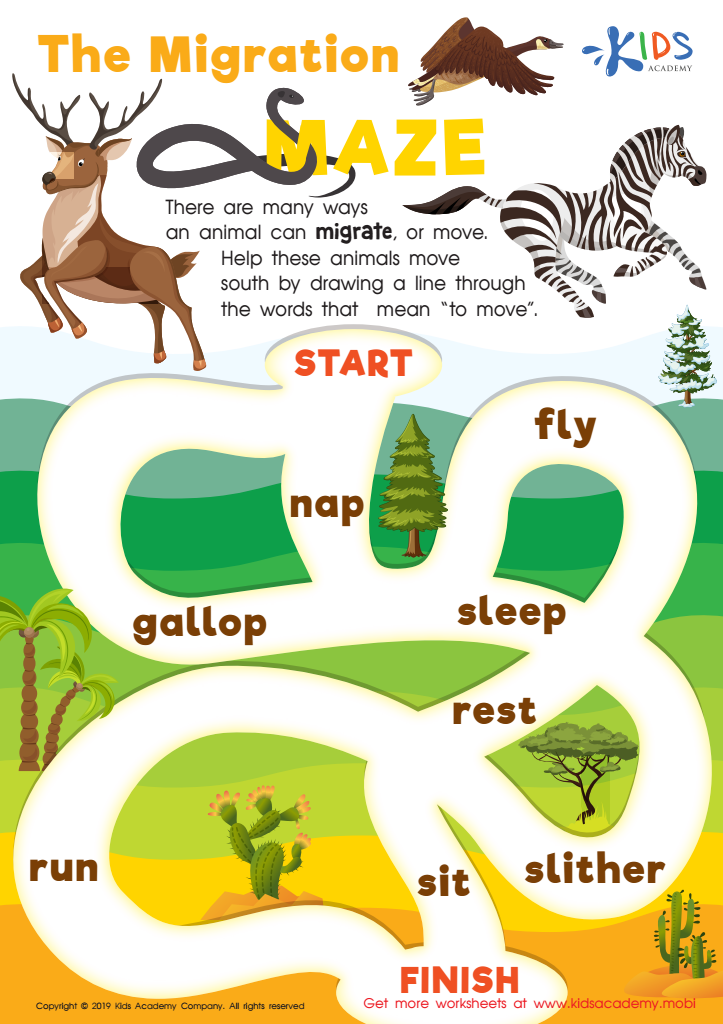

The Migration Maze Worksheet
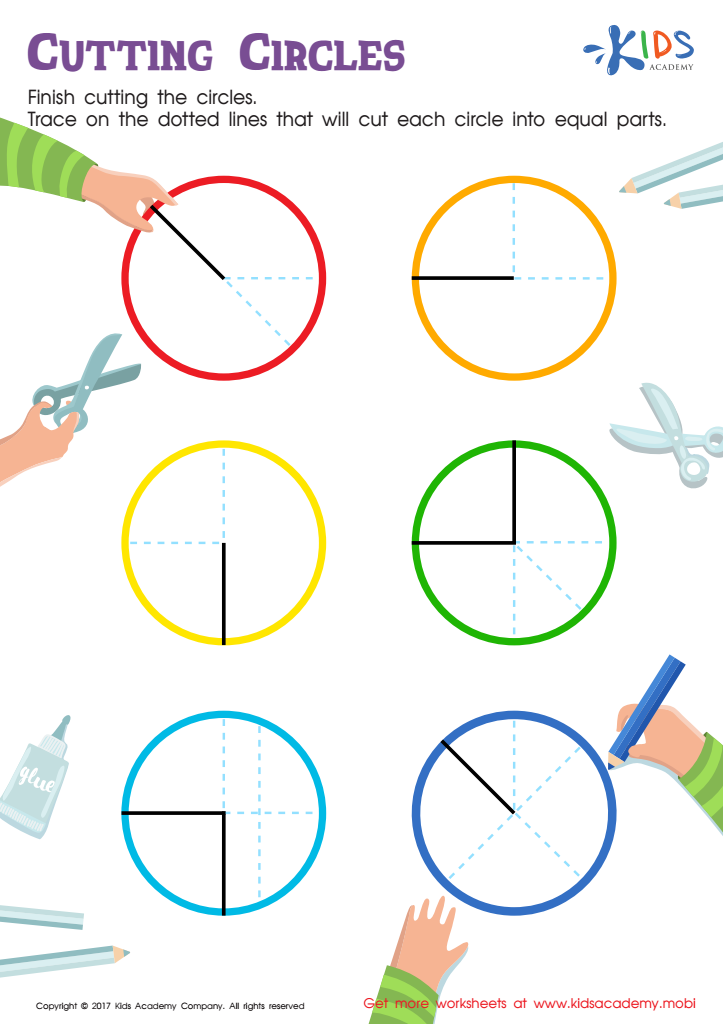

Cutting Circles Worksheet
Improving hand-eye coordination for children aged 5-6 is crucial for several reasons, directly impacting their development and daily activities. At this early stage, children are refining their motor skills, and enhancing hand-eye coordination lays the groundwork for future physical activities and learning. Skills such as writing, drawing, and playing sports require precise movements that rely on coordinating visual input with hand movements.
Parents and teachers should care about this development because improved coordination fosters independence and confidence in children. As they master tasks like buttoning shirts or catching a ball, they gain a sense of achievement, which boosts self-esteem and encourages a positive attitude toward learning and play.
Additionally, this developmental milestone can enhance cognitive skills, as many activities that improve coordination also stimulate problem-solving and critical thinking. Engaging in activities like arts and crafts, playing games, or participating in sports not only aids coordination but also promotes social interactions and teamwork.
Providing opportunities for children to practice these skills in a nurturing environment enables them to flourish academically and socially. Thus, prioritizing hand-eye coordination is an investment in a child’s holistic development, paving the way for future success in various aspects of their life.
 Assign to My Students
Assign to My Students
